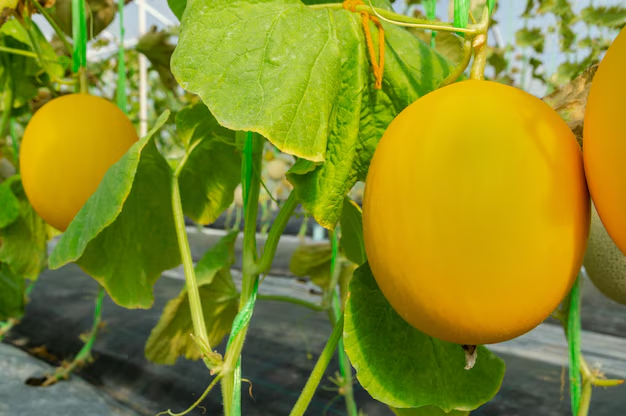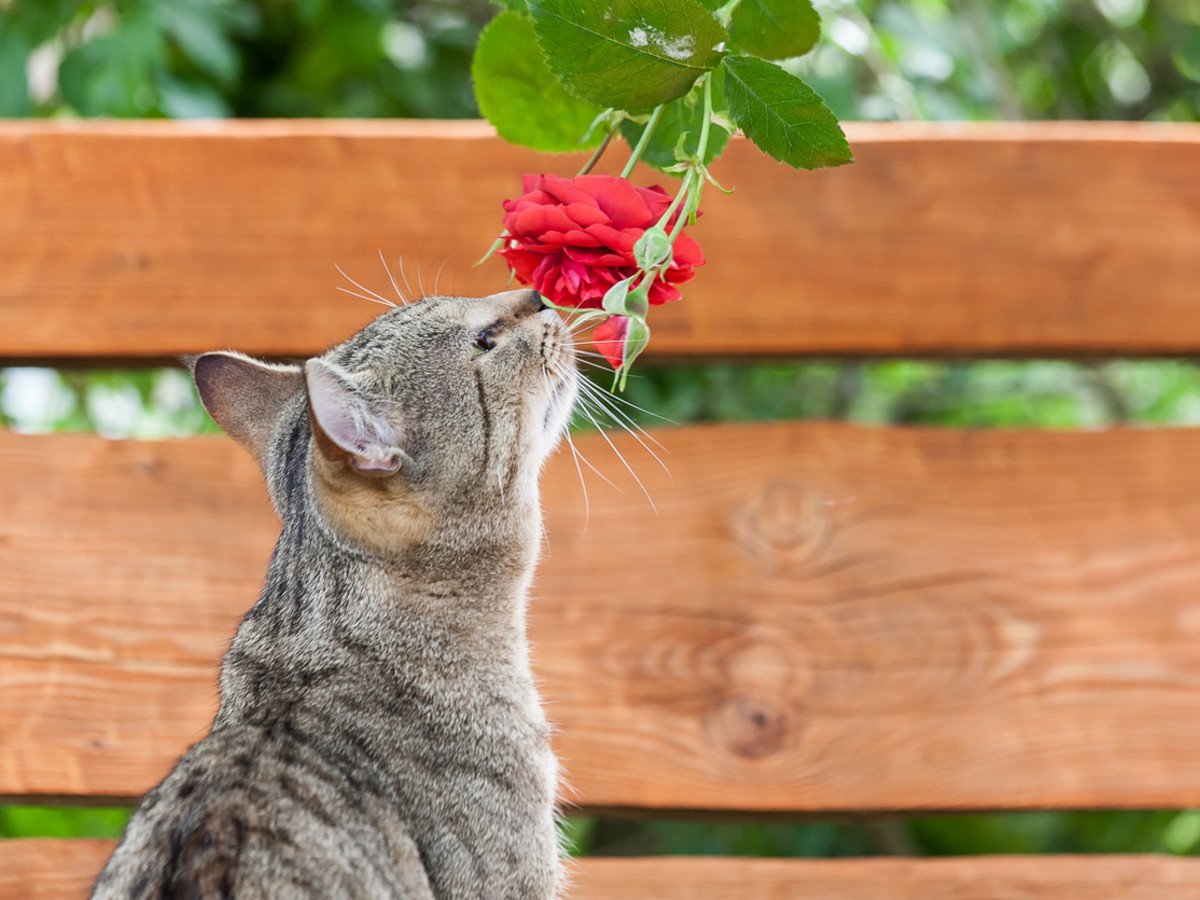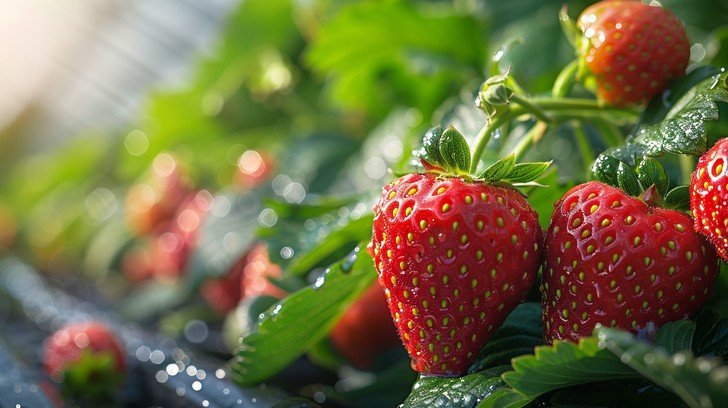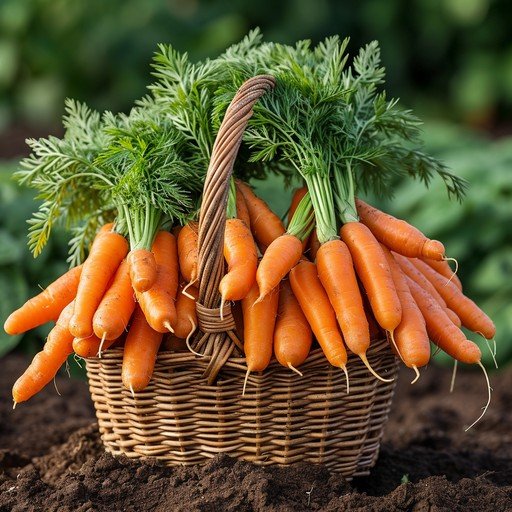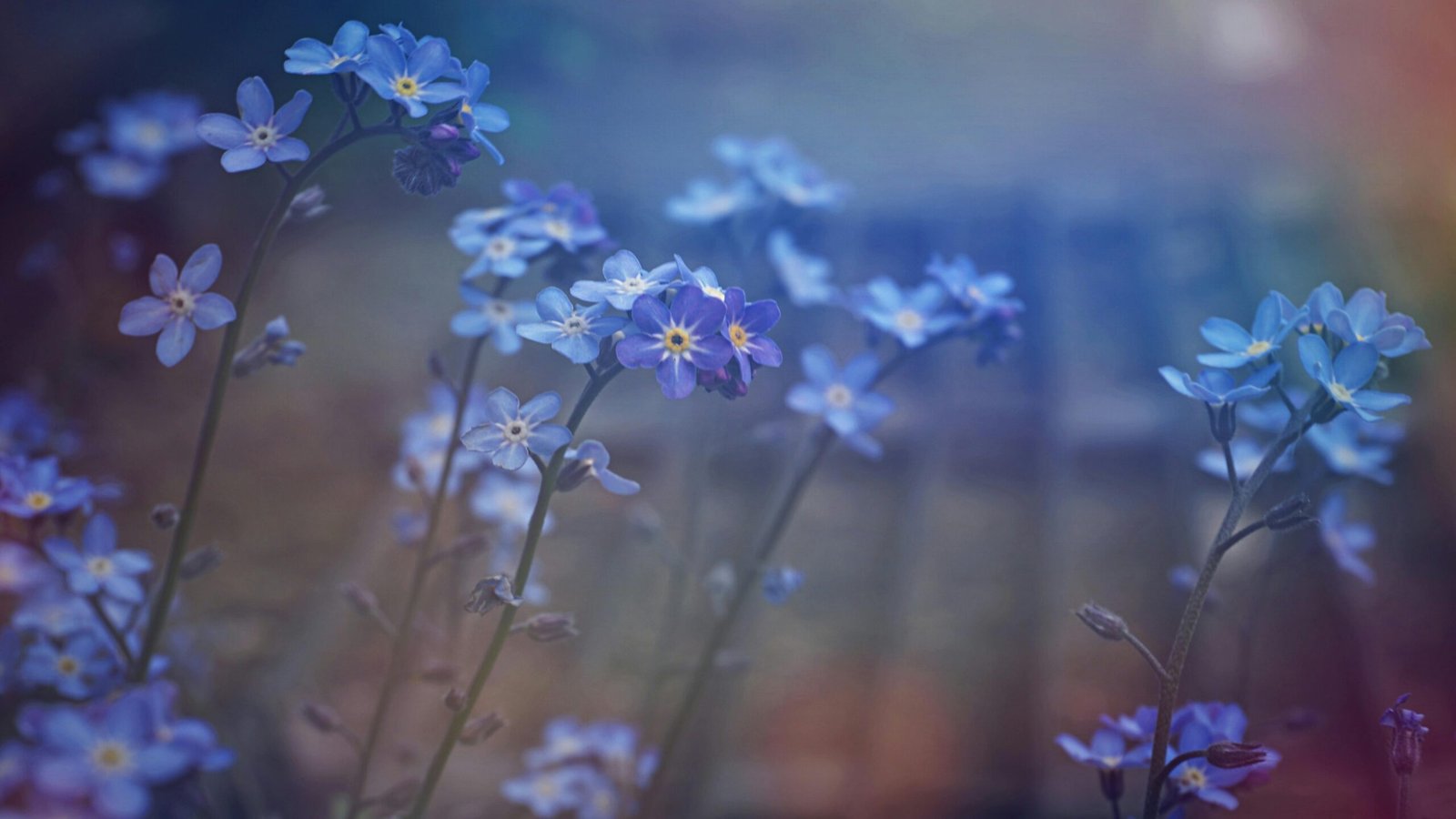As the days grow shorter and the summer blooms begin to fade, a star arrives to light up the autumn landscape. The aster flower, with its name literally meaning “star” in Greek, is a beloved perennial that brings a vital burst of color to gardens when it’s needed most. With their daisy-like appearance in shades of purple, pink, blue, and white, these hardy plants are a cornerstone of the late-season garden.
This comprehensive guide will walk you through everything you need to know about the aster flower from expert of GardenKT. From its different varieties and symbolism to the secrets of planting and care, you will discover how to make these beautiful perennials a thriving part of your own outdoor space.
What is an Aster Flower?
Asters are a large group of flowering plants that belong to the Asteraceae family, which also includes daisies, sunflowers, and chrysanthemums. Native to various regions across the globe, including North America, Europe, and Asia, they are particularly celebrated for their late summer and fall bloom time.
The classic aster flower is composed of a central disc, which is often yellow, surrounded by delicate petals called ray florets. This structure creates their characteristic star-shaped look. They range in height from compact, one-foot tall mounds perfect for borders, to towering six-foot varieties that make a dramatic statement in the back of a flower bed.
Beyond their beauty, asters are also incredibly valuable to pollinators. As many other nectar sources disappear, asters provide a critical feast for bees, butterflies, and other beneficial insects, making them an essential plant for any eco-friendly garden. For more inspiration on creating a pollinator-friendly space.
Popular Types of Asters for Your Garden
With hundreds of species and countless cultivated varieties, there is an aster for nearly every garden design. They are generally divided into two main categories: New England asters and New York asters.
New England Asters (Symphyotrichum novae-angliae)
Known for their robust, tall, and bushy growth habit, New England asters are a classic choice. They typically have hairy stems and full, dense flowers. These varieties are exceptionally hardy and can handle a range of growing conditions.
-
‘Purple Dome’: A popular dwarf variety that forms a neat mound covered in deep purple flowers.
-
‘Alma Potschke’: A standout with vibrant rose-pink flowers on tall, strong stems.
New York Asters (Symphyotrichum novi-belgii)
Also known as Michaelmas daisies, New York asters often have smoother stems and more slender leaves than their New England cousins. They tend to produce a profusion of smaller flowers and can be a bit more susceptible to powdery mildew.
-
‘Marie Ballard’: A double-flowered variety with beautiful light blue petals.
-
‘Royal Ruby’: Boasts rich, magenta-red flowers that are incredibly eye-catching.
Other wonderful types include the aromatic aster (Symphyotrichum oblongifolium), which is very drought-tolerant, and the calico aster (Symphyotrichum lateriflorum), known for its tiny white flowers that adorn horizontal branches. For a deeper dive into plant taxonomy and characteristics.
How to Grow Asters from Seed or Plant
You can start your aster journey either by planting seeds or purchasing young plants from a nursery. Each method has its own rewards.
Growing from Seed
Starting asters from seed is a cost-effective way to grow a large number of plants.
-
Indoor Start: Sow seeds indoors 6-8 weeks before the last expected frost. Press the seeds lightly into a seed-starting mix, as they need light to germinate.
-
Germination: Keep the soil moist and warm. Seeds should sprout in 1-2 weeks.
-
Transplanting: Once the seedlings have several sets of true leaves and all danger of frost has passed, harden them off and transplant them into the garden.
Planting Nursery Plants
This is the quicker route to enjoying blooms, often in the same season.
-
Timing: The best time to plant asters is in the spring or early fall, giving the roots time to establish before extreme weather.
-
Spacing: Check the plant tag for the mature spread of your specific variety. Generally, space plants 1 to 3 feet apart to ensure good air circulation.
-
Planting Hole: Dig a hole twice as wide as the root ball and the same depth. Gently place the plant in the hole, backfill with soil, and water thoroughly.
The Ideal Growing Conditions for a Thriving Aster Flower
To keep your asters healthy and blooming profusely, providing the right growing conditions is key.
Sunlight
Asters perform best in full sun, meaning they need at least 6 to 8 hours of direct sunlight each day. While some varieties can tolerate very light shade, insufficient sun will lead to weak, leggy growth and significantly fewer flowers.
Soil
Well-draining soil is non-negotiable for asters. They prefer a loamy, moderately fertile soil. They can adapt to various soil types, but they will not tolerate heavy, waterlogged clay, which can lead to root rot. If your soil is heavy, amend it with compost or other organic matter to improve drainage and fertility. You can learn more about improving your garden soil on our blog.
Water
Consistent moisture is important, especially for young plants establishing themselves and during dry spells in the summer. Aim to provide about one inch of water per week. Water at the base of the plant to keep the foliage dry and help prevent fungal diseases. Once established, asters are somewhat drought-tolerant, but they will bloom best with consistent moisture.
Caring for Your Asters Throughout the Season
A little ongoing care will ensure your asters remain vibrant and healthy year after year.
Fertilizing
Asters are not heavy feeders. A single application of a balanced, slow-release fertilizer in the spring as new growth emerges is usually sufficient. Avoid high-nitrogen fertilizers, as they will encourage leafy growth at the expense of flowers.
Staking
Taller varieties of aster have a tendency to flop over, especially when they are heavy with blooms. To prevent this, you can stake the plants in early summer using bamboo stakes and garden twine. Alternatively, you can plant them close to other sturdy perennials that can provide natural support.
Pruning and Deadheading
A technique called the “Chelsea Chop,” performed in late spring or early summer (around the end of May), can help create bushier, more compact plants that are less likely to flop. Simply cut back the stems by one-third to one-half.
Deadheading, or removing spent flowers, throughout the blooming season will encourage the plant to produce more blooms instead of setting seed. When the main flush of flowering is over, you can leave the last blooms to develop seeds, which will provide food for birds in the winter.
Common Pests and Diseases
Asters are generally tough plants, but they can face a few issues.
Powdery Mildew
This is the most common problem for asters. It appears as a white, powdery coating on the leaves. To prevent it, ensure proper spacing for good air circulation, water at the base of the plant, and choose resistant varieties. If it appears, you can treat it with a fungicide or a homemade solution of baking soda and water.
Aster Yellows
This is a more serious, incurable disease caused by a phytoplasma and spread by leafhoppers. Infected plants will have strange, distorted growth, yellowing leaves, and stunted flowers. The best course of action is to remove and destroy the entire plant to prevent the disease from spreading.
Pests
Asters can occasionally be bothered by aphids, slugs, or spider mites. These can usually be controlled with a strong spray of water, insecticidal soap, or organic slug bait.
Propagating Asters: Creating New Plants
The easiest way to propagate asters and create new plants for free is by division. This process also rejuvenates older, overgrown clumps that may have started to die out in the center.
-
When to Divide: The best time to divide asters is in the early spring, just as new growth begins to appear.
-
How to Do It: Carefully dig up the entire clump. Use a sharp spade or knife to divide the root ball into several smaller sections, each with healthy roots and several shoots.
-
Replant: Replant the divisions immediately at the same depth they were growing before, and water them well.
Using Asters in Your Garden Design
The aster flower is incredibly versatile in the landscape.
-
Fall Color Superstars: They are indispensable for extending the color show in your garden into autumn.
-
Pollinator Gardens: Plant them to support bees and butterflies when other food sources are scarce.
-
Cottage Gardens: Their informal, cheerful look is perfect for a cottage garden style.
-
Cut Flower Gardens: Asters have a long vase life, making them excellent for fresh autumn bouquets.
They pair beautifully with other fall-blooming perennials like ornamental grasses, sedum, goldenrod, and Russian sage. The contrast of their bright flowers with the changing foliage of shrubs and trees can create breathtaking garden scenes.
The Symbolism and Meaning of the Aster Flower
Beyond the garden, the aster flower carries rich symbolism. It is often associated with elegance, patience, and daintiness. In cultural traditions, it is known as the September birth flower. In the language of flowers, a Victorian-era means of communication, giving someone asters could symbolize a talisman of love or a way to ward off evil spirits. Their star-shaped form has long been seen as a guiding light.
Conclusion: Make Room for the Star of the Fall Garden
The aster flower is more than just a pretty face; it is a hardy, pollinator-friendly, and resilient perennial that provides an essential service in the ecological cycle of your garden. With its wide range of sizes and colors, there is a perfect aster for every gardener. By following these simple guidelines on planting, care, and design, you can enjoy the brilliant star-shaped blooms of the aster for many autumns to come.




